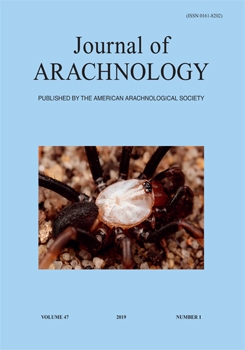Spiders use chemicals to interact with conspecifics, heterospecifics and with their environment. The focus of most past reviews on chemical communication in spiders has been on female sex pheromones (chemicals produced by females to attract or elicit courtship in males) and their biological function or chemical structure. Here, I present a methodological overview to provide suggestions for how to approach future studies on pheromone identification in spiders. This research needs more encouragement, as female sex pheromones have been described for only 11 spider species so far. Male pheromones and behavioral evidence are also presented in this work as such data have been largely overlooked in past studies, with only one male sex pheromone having been identified. Subadult females of many different families experience male cohabitation. Here it is discussed whether a subadult female pheromone or a subadult female chemical cue (unintended information understood by the receiver) may mediate this behavior. In the next section of this work, I discuss female reaction to chemical signals of conspecific females, as this interaction deserves further discourse. Chemical interactions with other species and the environment are discussed in the last section, where recent reports have extended the knowledge and pointed out types of interactions that have been overlooked in past reviews.
How to translate text using browser tools
27 April 2019
Chemical communication in spiders – a methodological review
Andreas Fischer
ACCESS THE FULL ARTICLE

The Journal of Arachnology
Vol. 47 • No. 1
April 2019
Vol. 47 • No. 1
April 2019
allelochemicals
chemical ecology
sericophily
sex pheromone
subadult cue




